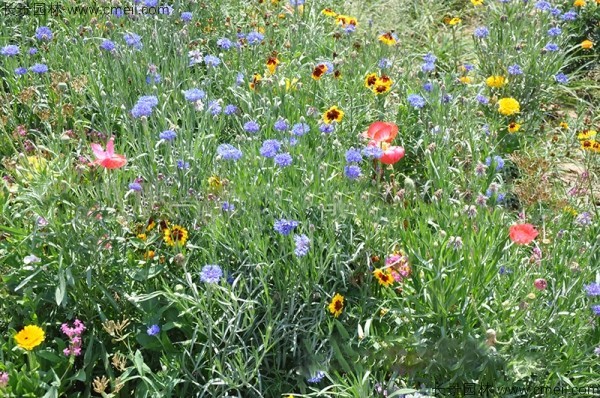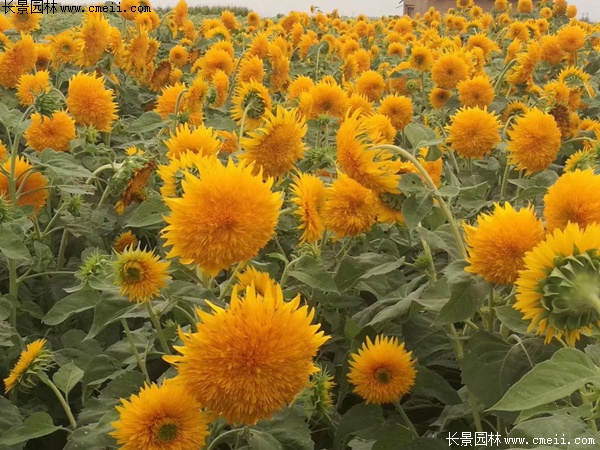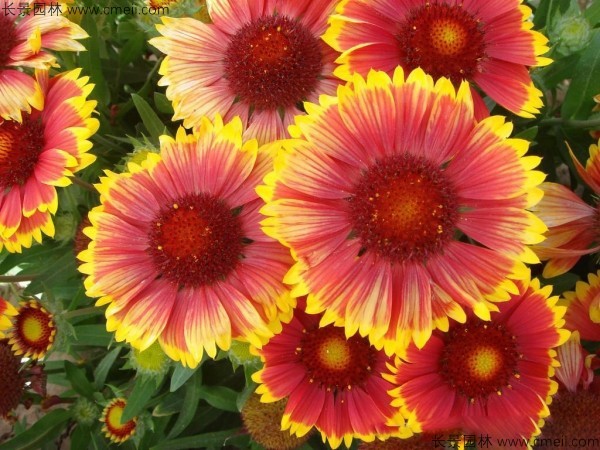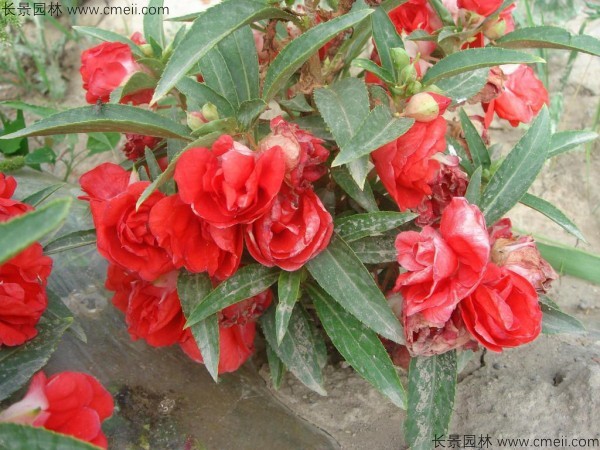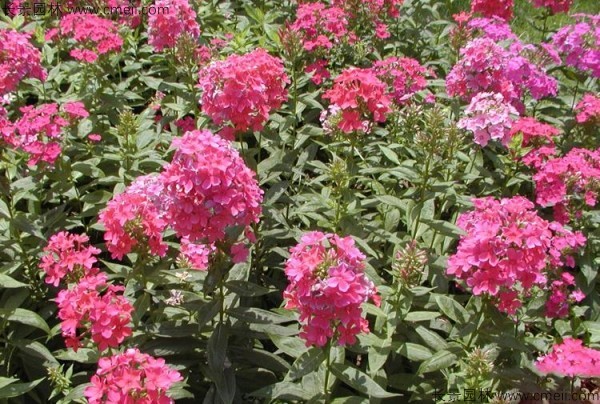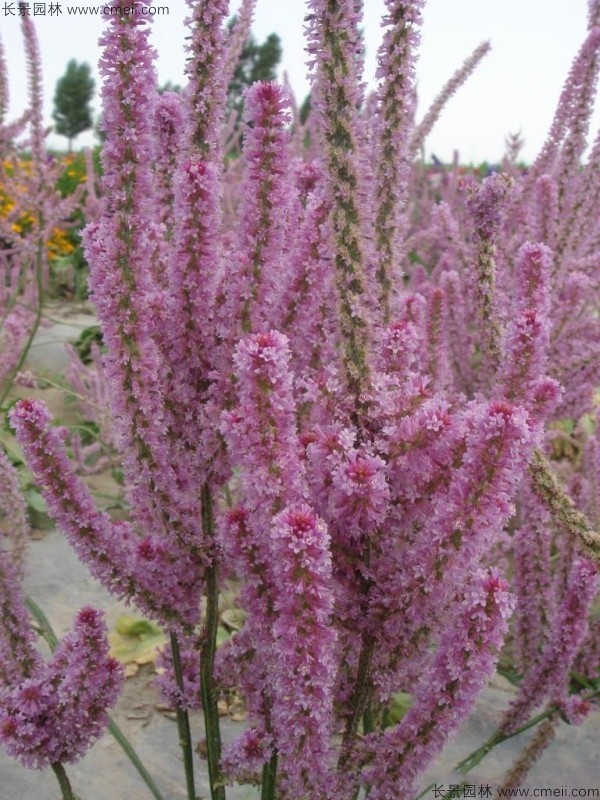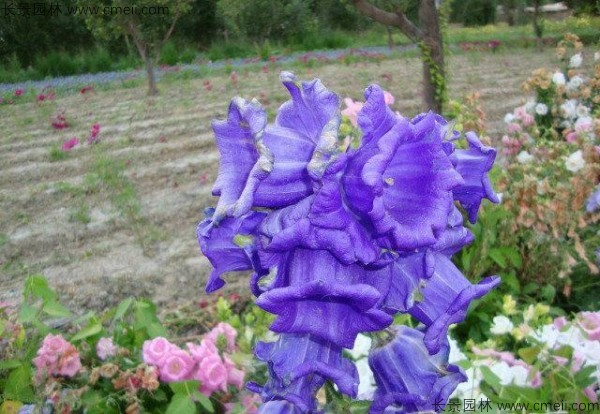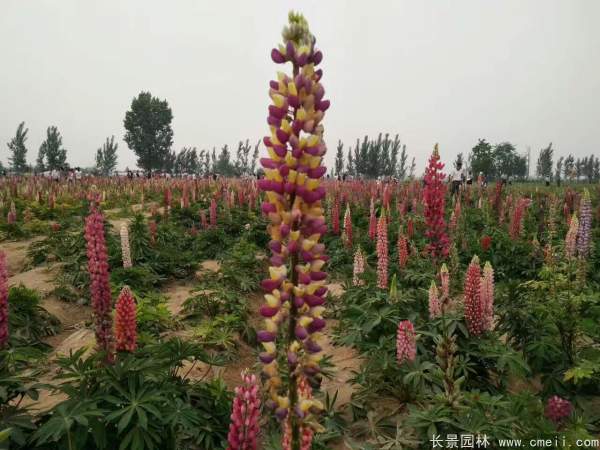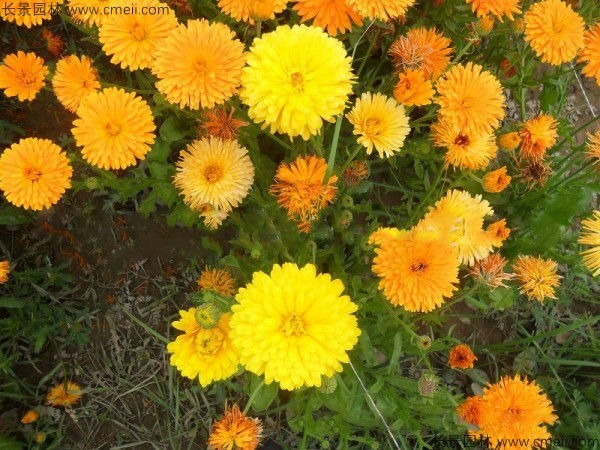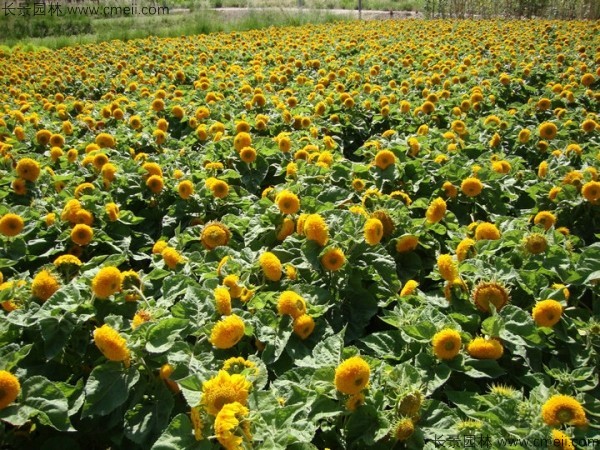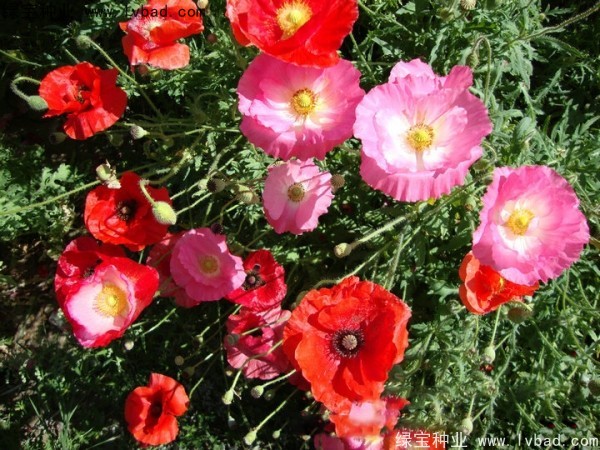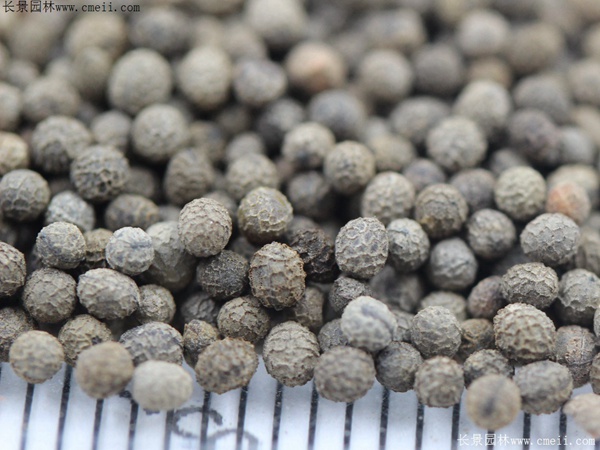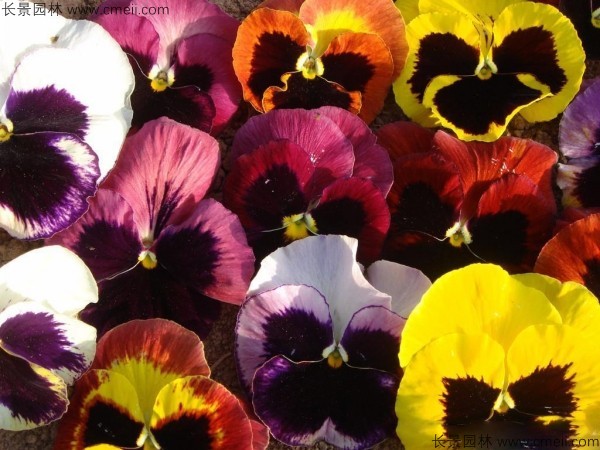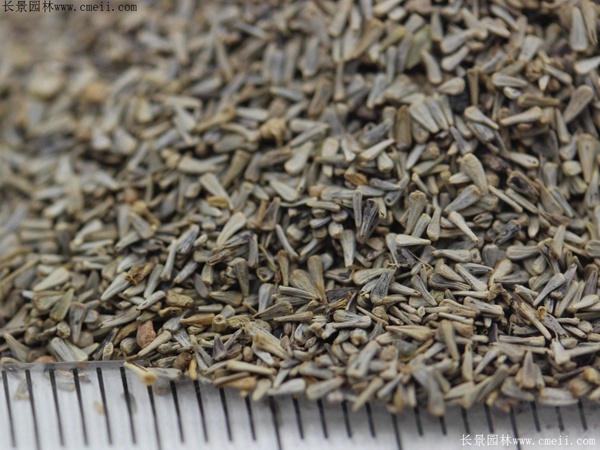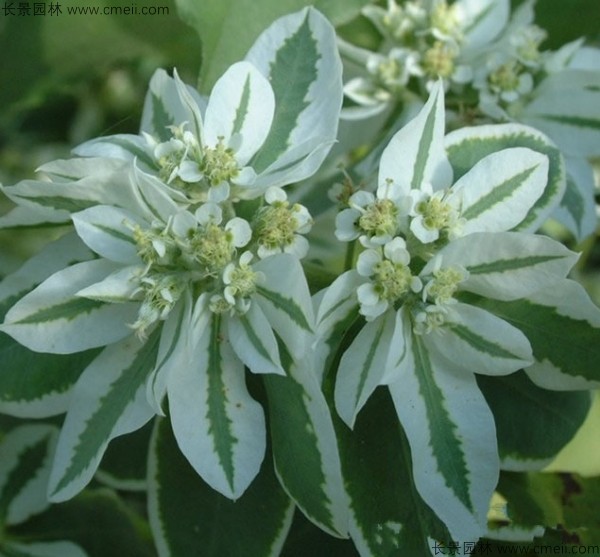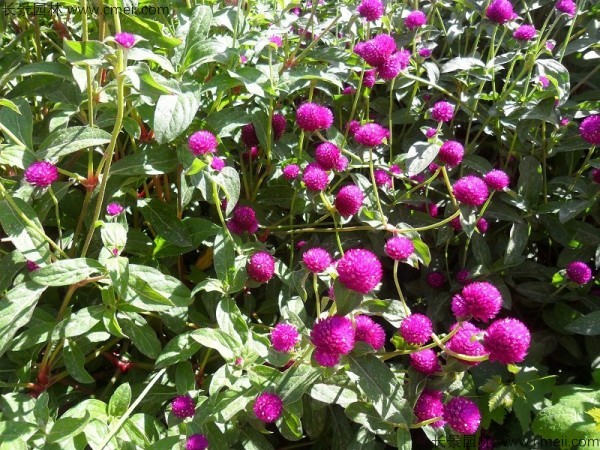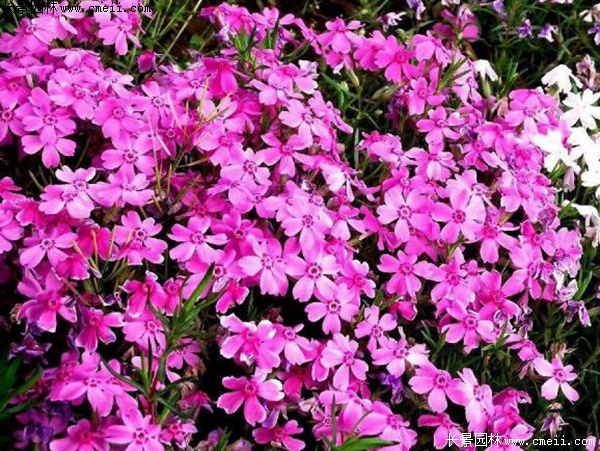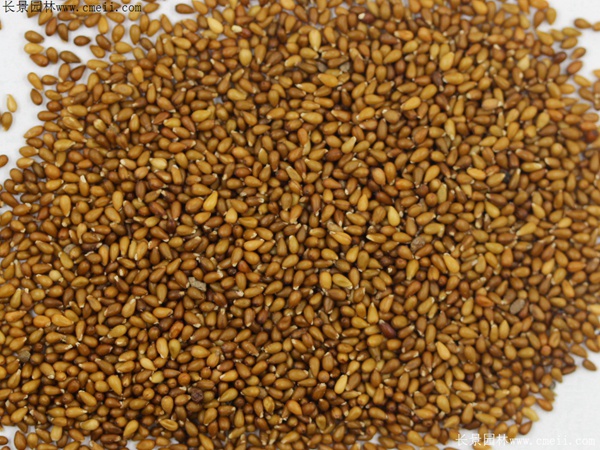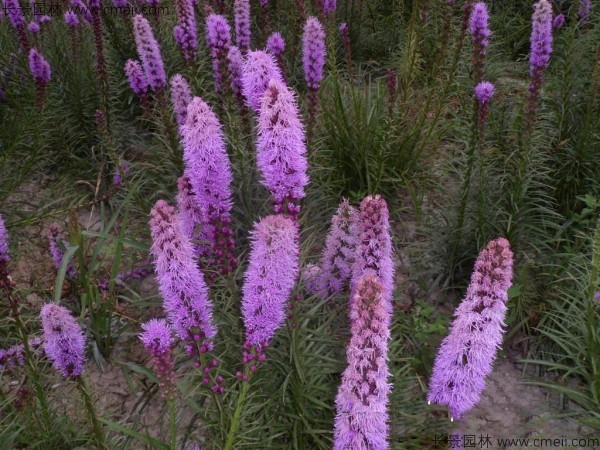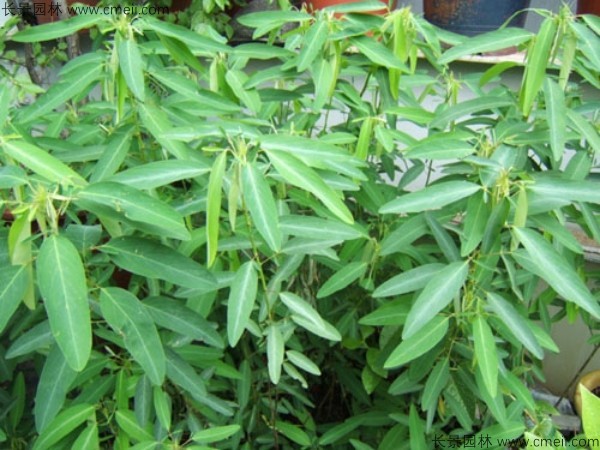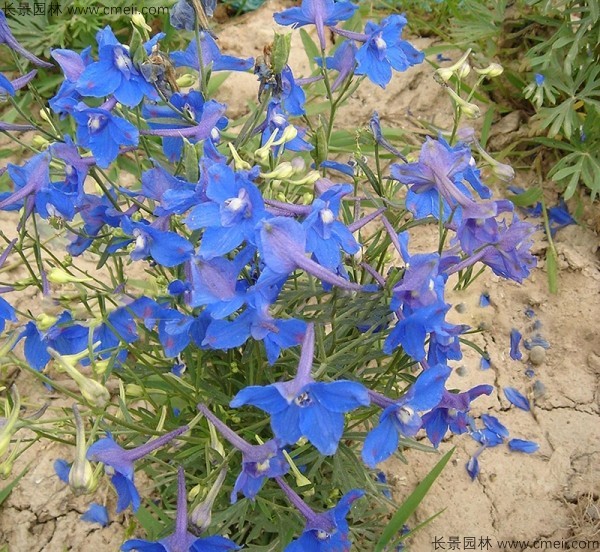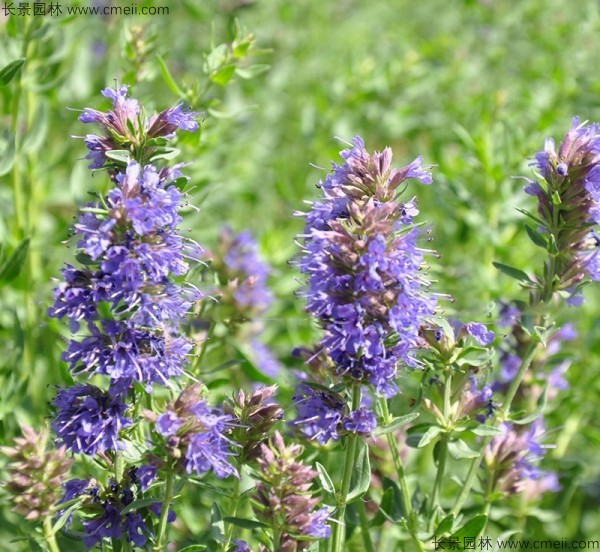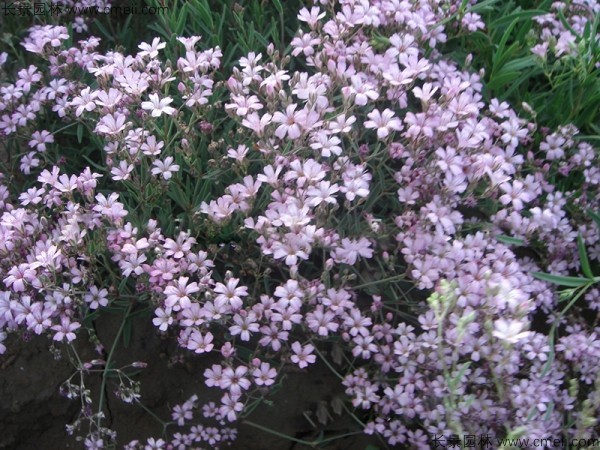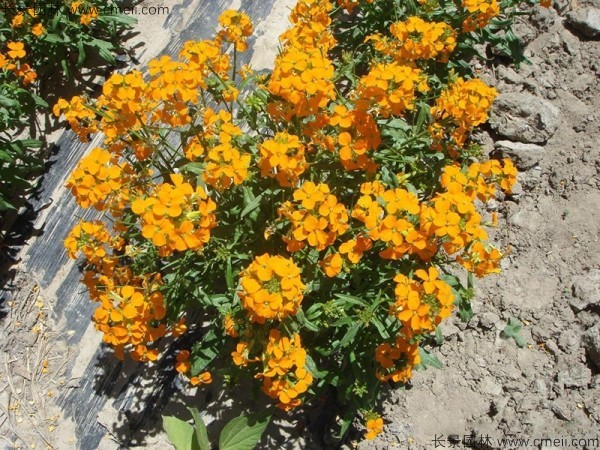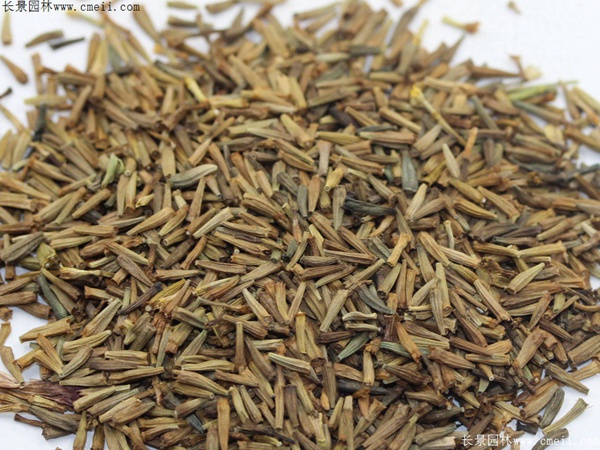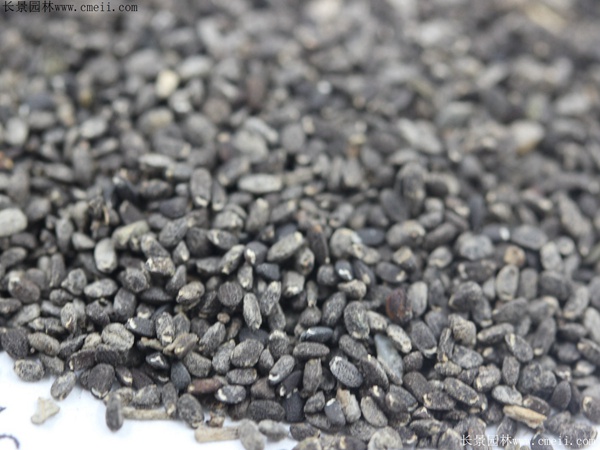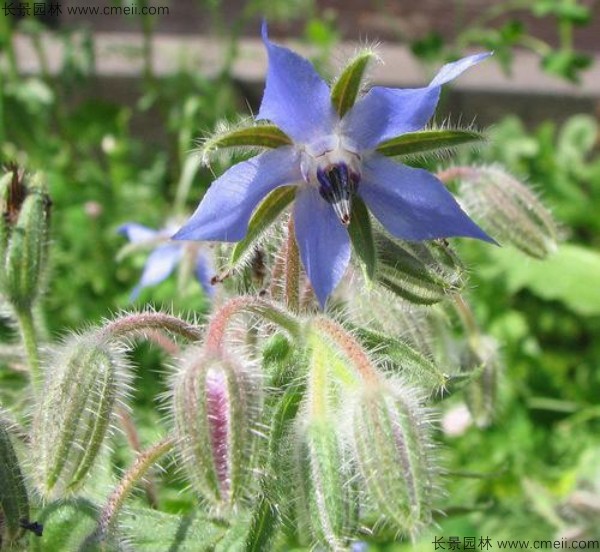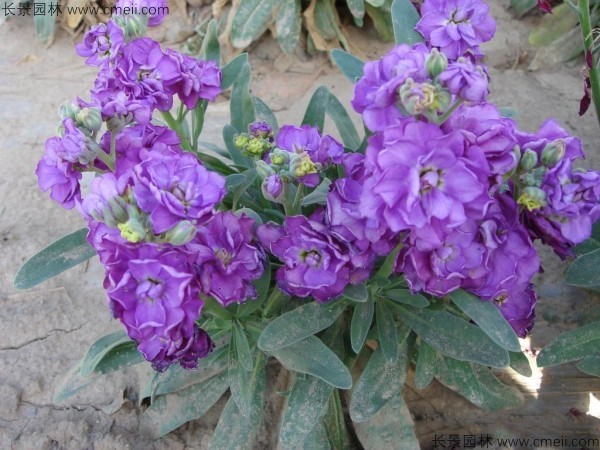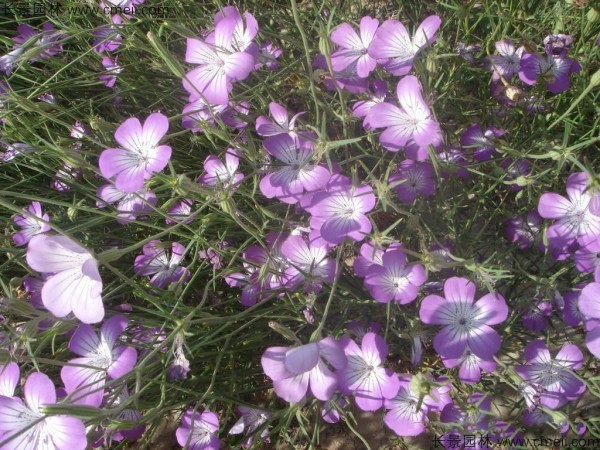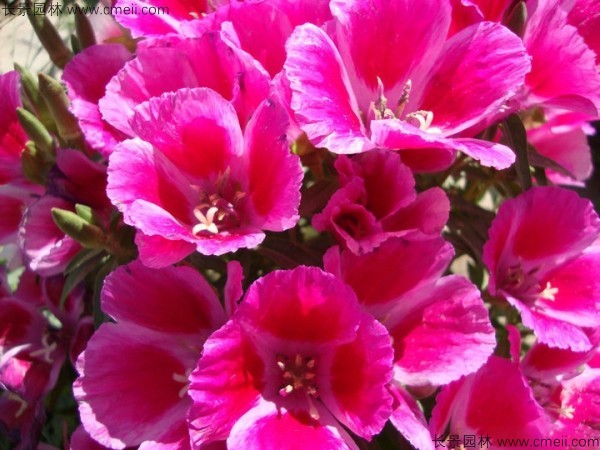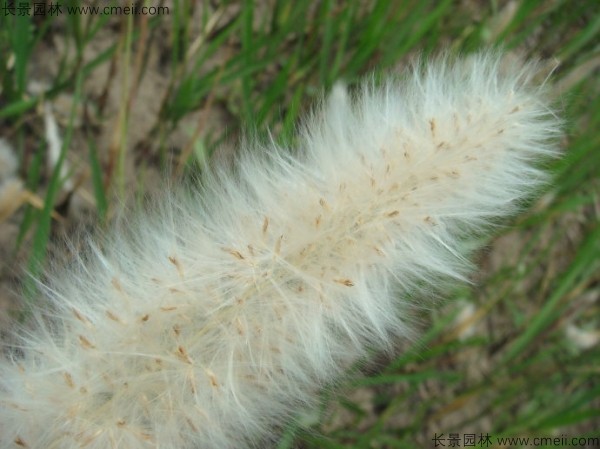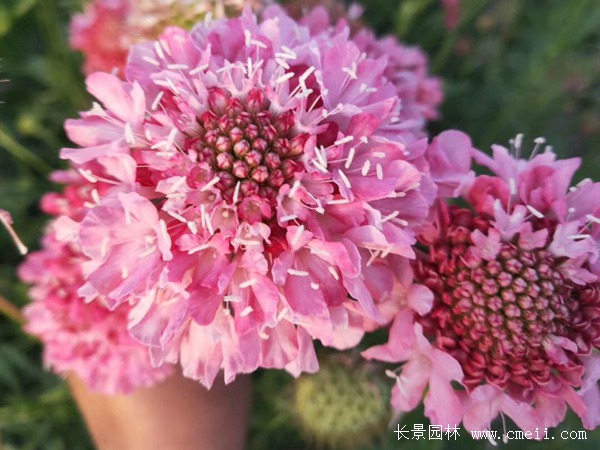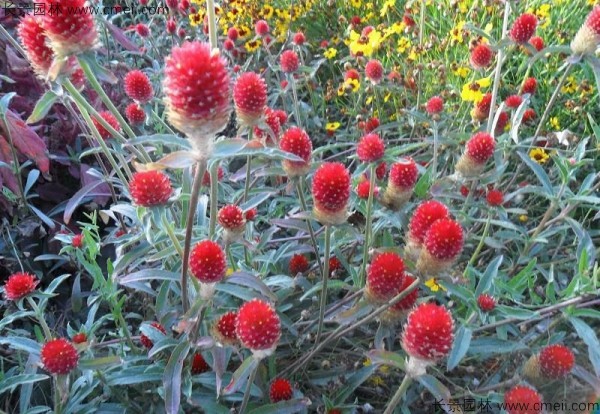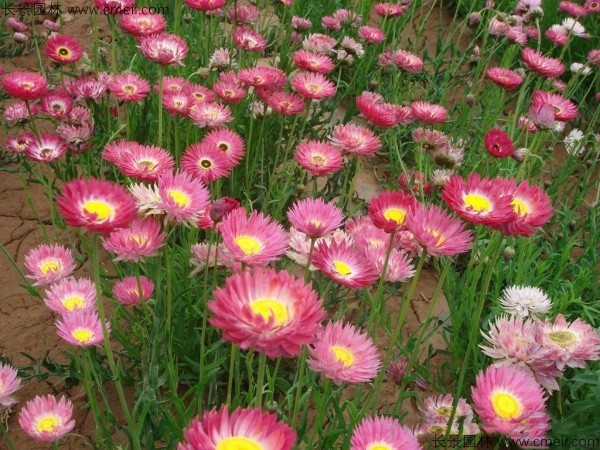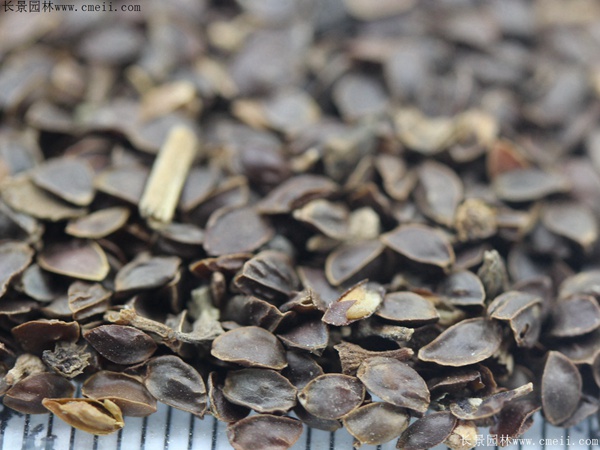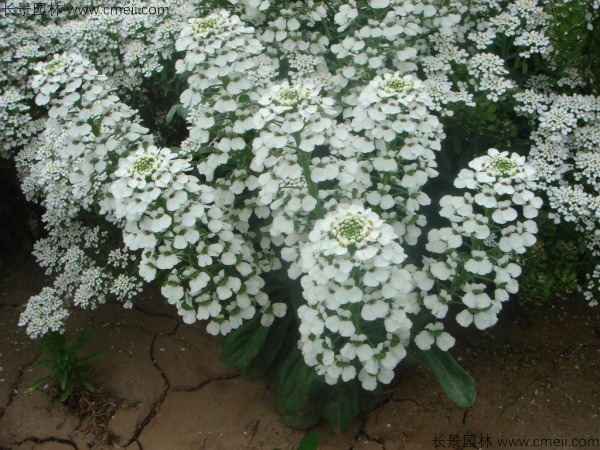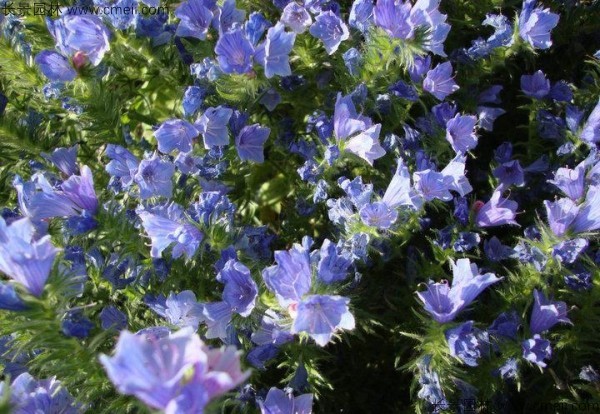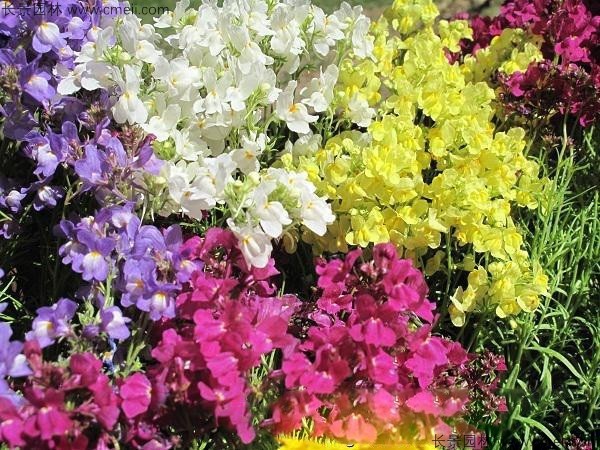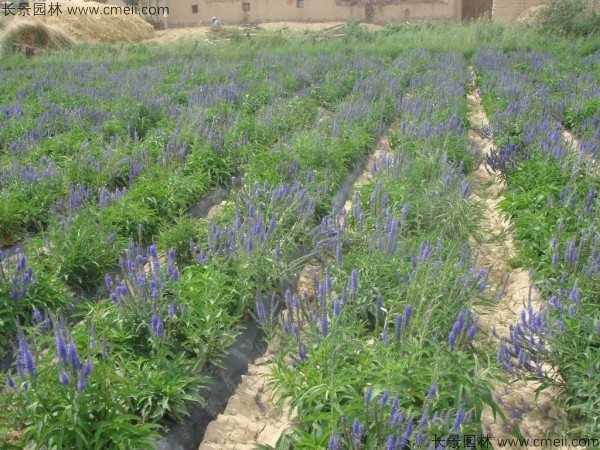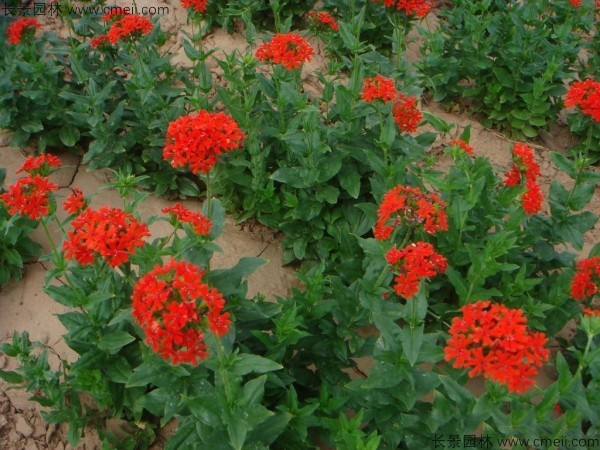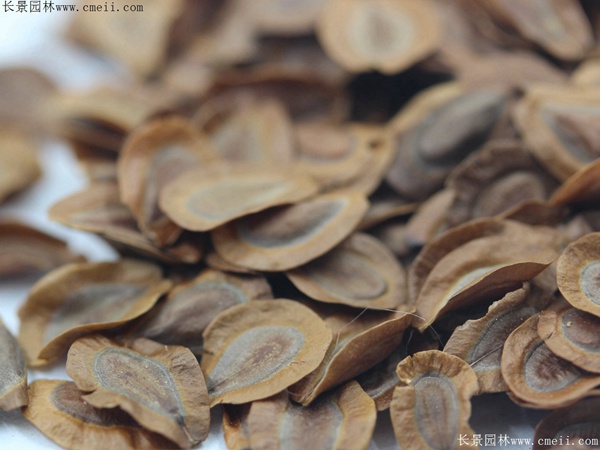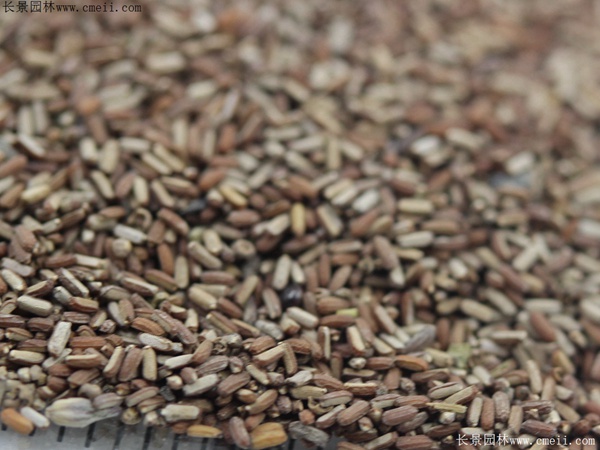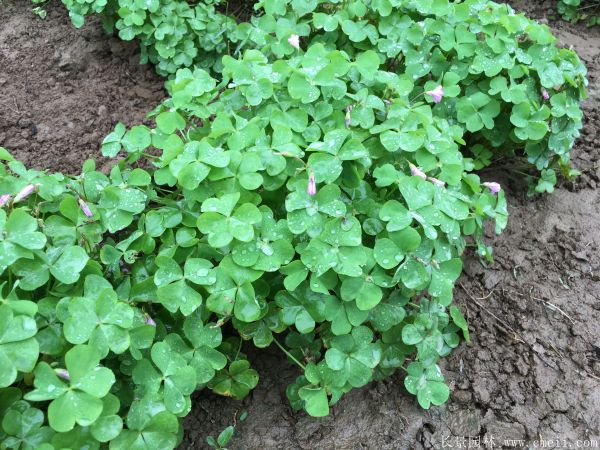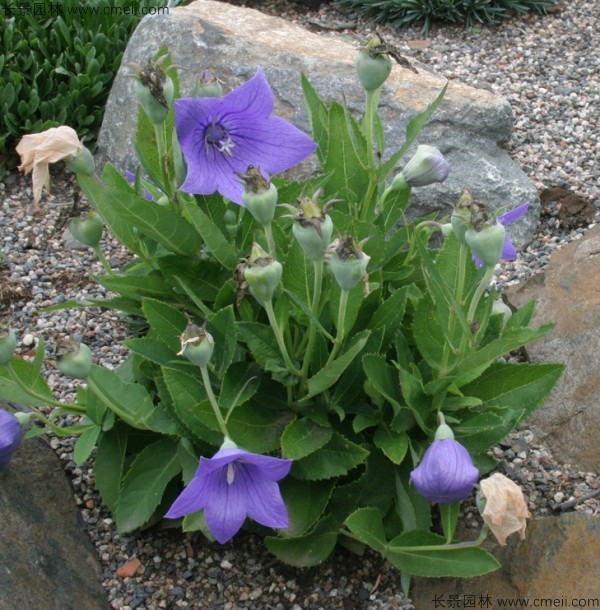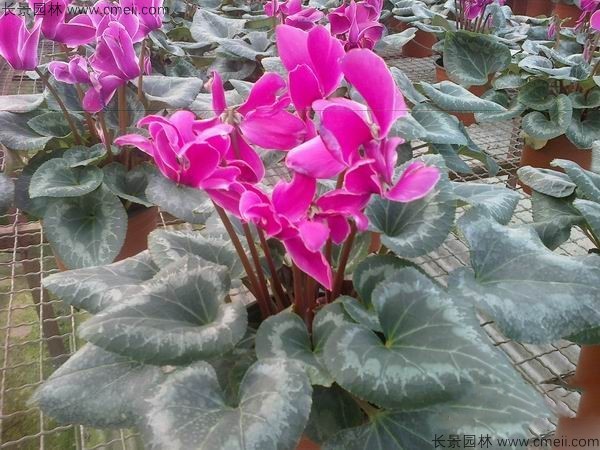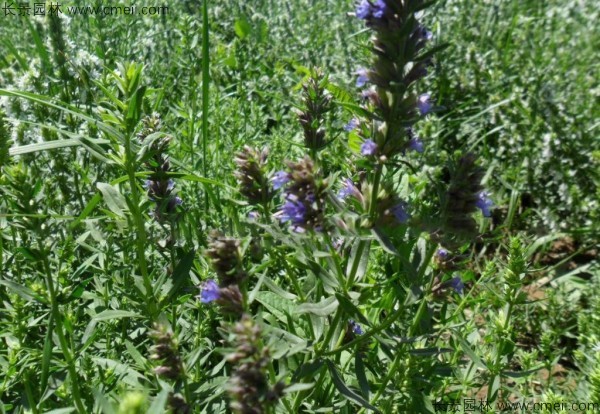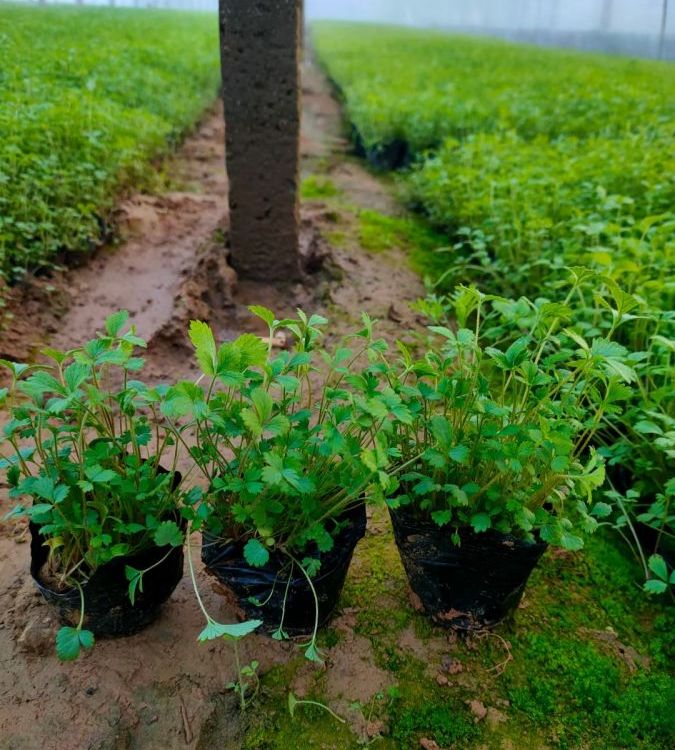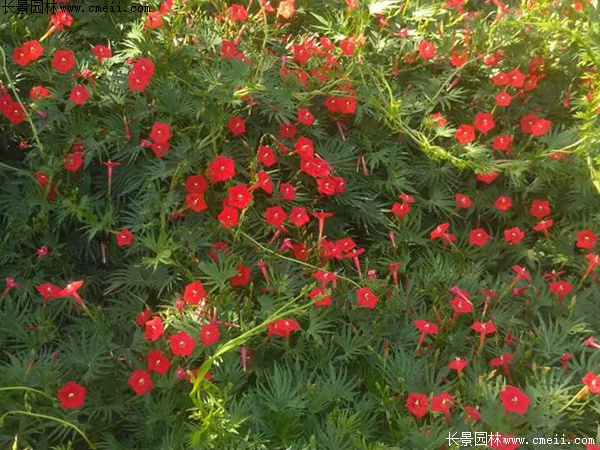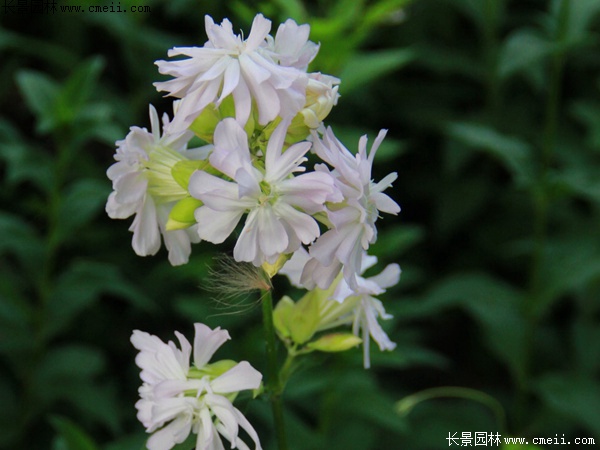草地上最常見的花
Daisy, or more commonly known as the lawn daisy, is the most frequent flower found in grasslands. With its bright white petals and sunny yellow center, it's easily recognizable to most.
Why Daisies?
The daisy's prevalence in grasslands can be attributed to its ability to thrive in a variety of conditions. These flowers are hardy, able to tolerate both sun and partial shade, and they have a strong resistance to pests and diseases. Additionally, their method of reproduction through seeds that can travel easily with the wind allows them to spread widely and colonize new areas quickly.
The Ecological Significance of Daisies
Beyond their aesthetic appeal, daisies play an important ecological role. They serve as an essential nectar source for pollinators such as bees and butterflies, helping to support local biodiversity. Furthermore, their presence can indicate a healthy ecosystem, as they prefer well-drained soils and are sensitive to certain pollutants.
Cultural Symbolism and Uses
In many cultures, daisies hold symbolic meanings and have been used for various purposes. For instance, in folklore, daisies are often associated with innocence and purity. Medicinally, different parts of the daisy plant have been used to treat a range of ailments, from skin irritations to digestive issues. These versatile uses highlight the deep connection between humans and this ubiquitous flower.
Adapting Gardens to Support Daisies
For those interested in encouraging daisies in their own gardens, there are several steps that can be taken. Planting native species alongside daisies can create a supportive environment, while reducing the use of pesticides helps maintain a healthy habitat. Allowing some areas of the garden to grow a bit wilder can also provide the ideal conditions for these flowers to flourish, bringing a touch of natural beauty to any space.


 全國免費客服電話 18360180999
全國免費客服電話 18360180999 